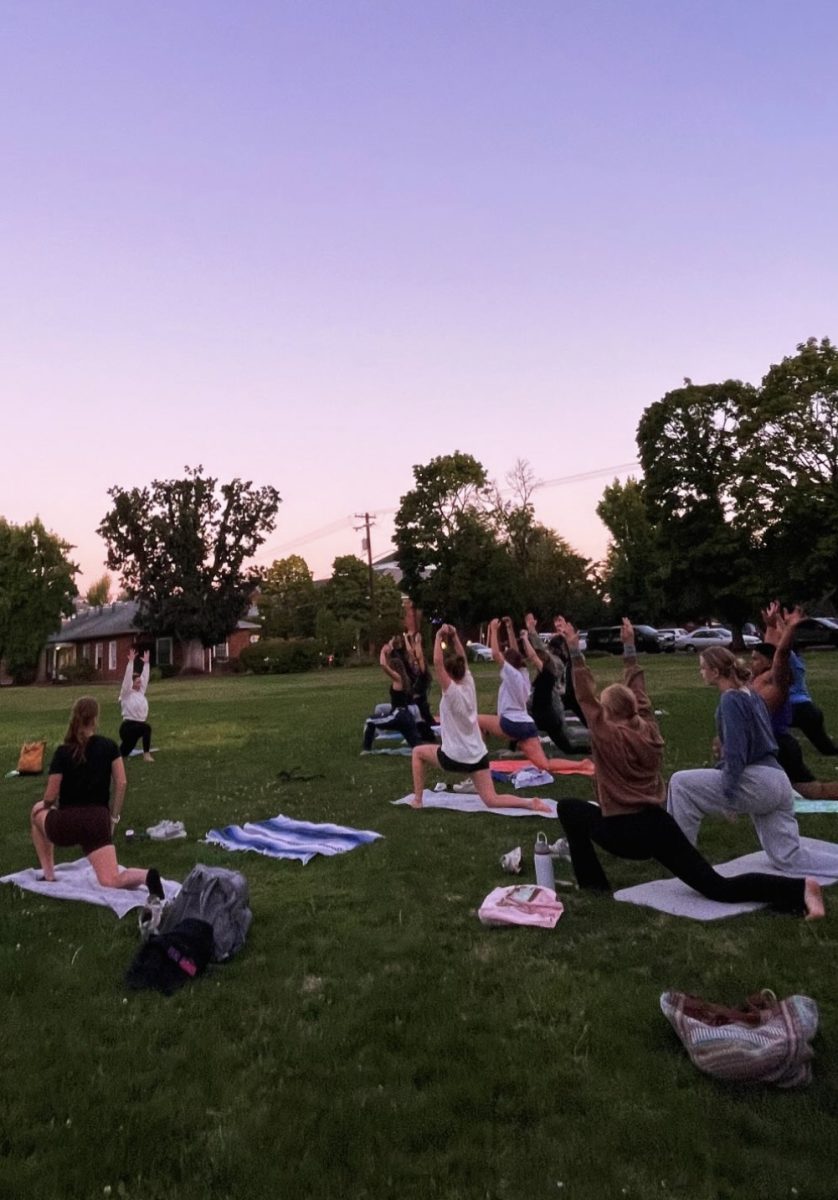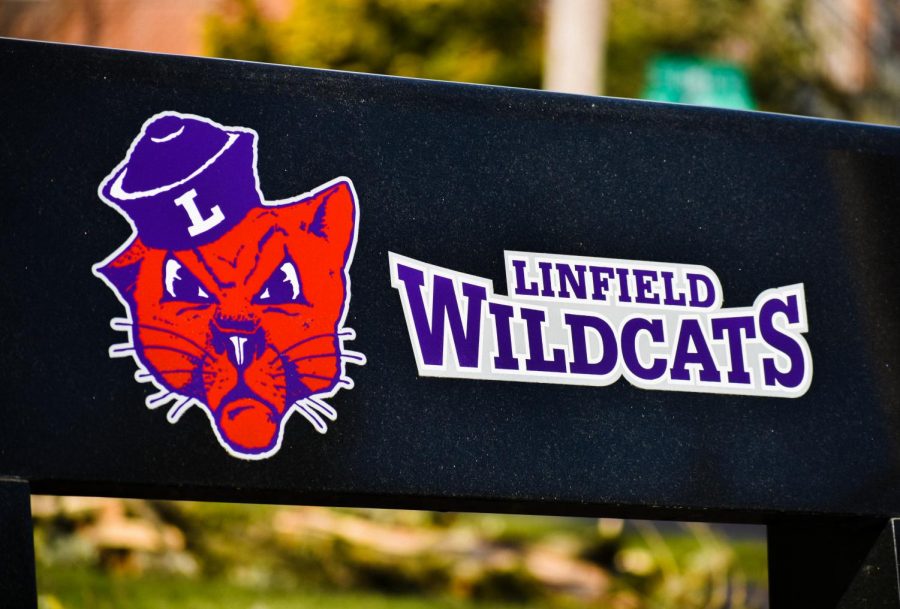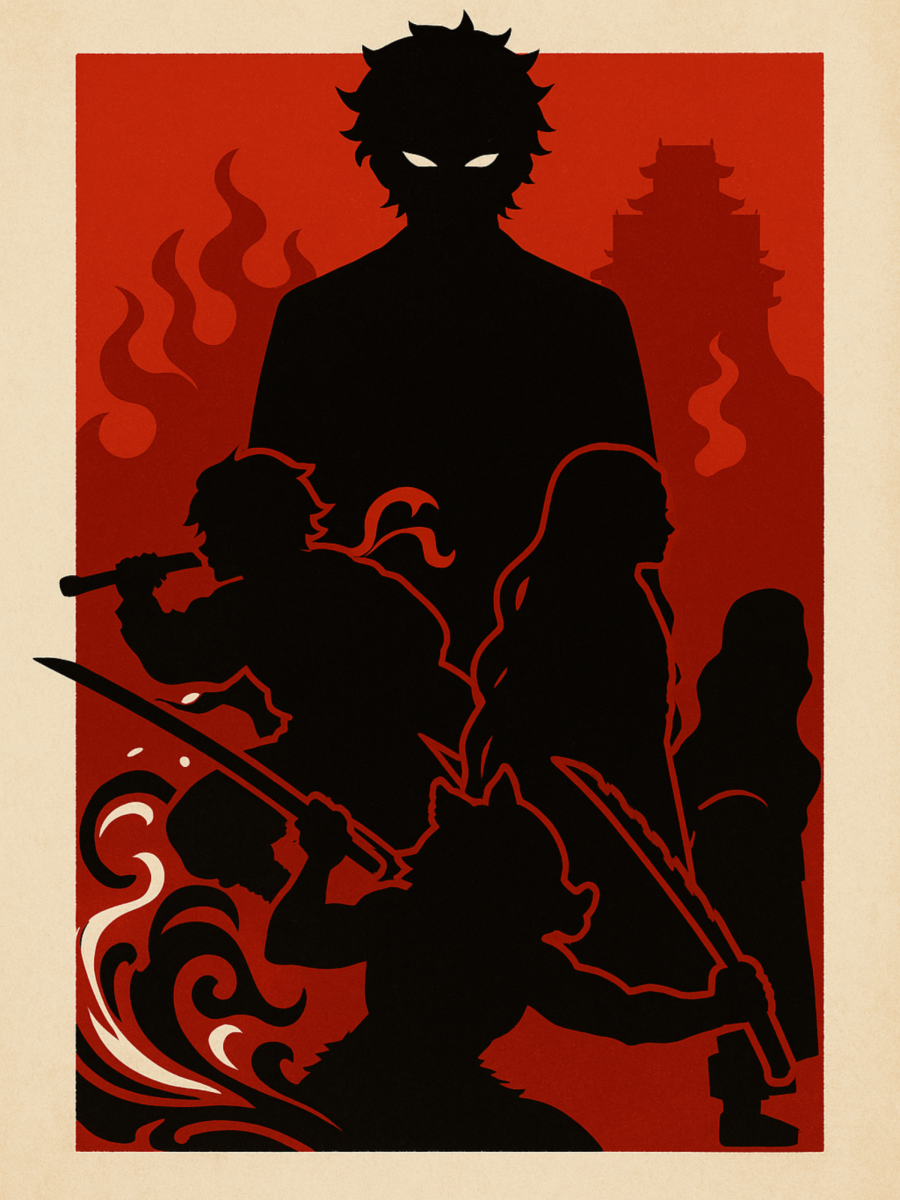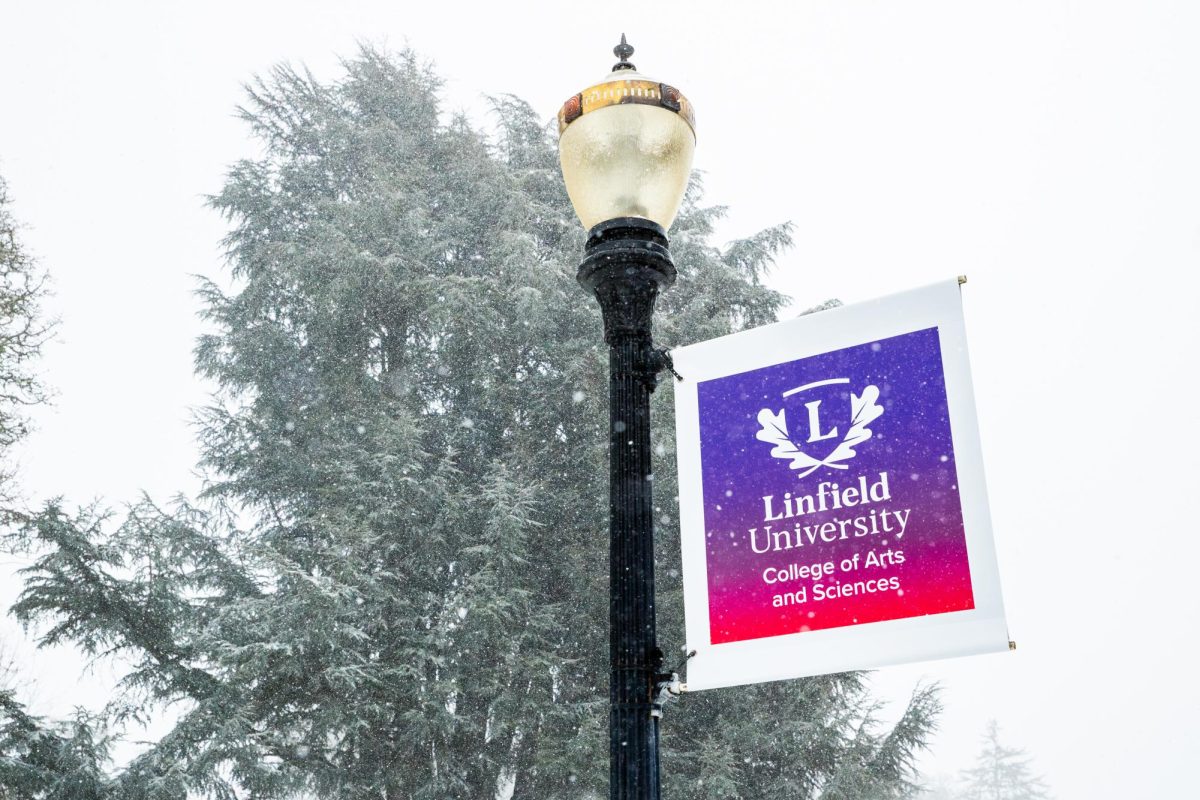An international student from Bolivia gave a presentation on her home country on May 1 in Jonasson Hall. The presentation focused on the cultures of west Bolivia and east Bolivia primarily, with touristic information spread within.
Sophomore Maria Vargas was born in Santa Cruz, Bolivia, on the east side of the country, where it is hotter than the west side. Vargas began with a quick run through of the history of Bolivia, naming various territories that Bolivia had lost in wars against Chile, Brazil and Paraguay.
“The government was not ready for all the wars,” Vargas said.
Vargas mentioned that there were even some movements to have been made to reclaim the territories that were taken from Bolivia.
“[The courts are] going to answer back in November,” Vargas said.
After the quick run-through, Vargas gave an overview of Bolivian culture, switching from west to east. The country of Bolivia is made up of 36 indigenous tribes.
“Each city and each village have their own food, their own drinks and their own customs,” Vargas said.
Vargas then began to describe the food from the two regions, beginning with her own.
“We basically have breakfast in the morning, and our biggest meal is lunch then at five we have teatime,” Vargas said.
The actual food is usually made up of locally-grown food.
“Bolivian people, they like their fruits. They take advantage of the good land they have,” Vargas said.
Bolivia is also known for the wine it produces. At every meal, everyone has a glass of wine to help with the digestion, even the kids.
“The legal age in Bolivia is 18, however it doesn’t matter,” Vargas said with a grin.
The largest event in Bolivia is Carnival, a festival lasting from two-four days. It involves colorful costumes, traditional dances and parades.
“Carnival is a representation of the struggle of good against evil and the victory of the angels,” Vargas said.
Carnival takes traditional Bolivian culture and places it into a Christian setting. This was done so that the people of Bolivia could celebrate Carnival when the Catholic Spanish ruled their country.
“We celebrate Carnival at the end of February or in March. It is usually four days,” Vargas said.
Carnival at Oruro is visited by people from all over the world. They take a break from their daily lives to watch dancer bring the struggle between good and evil come to life.
“They don’t stop dancing for two days. They drink chicha, alcohol with corn,” Vargas said about the dancers at Oruro.
In Santa Cruz, the city Vargas is from, the people celebrate Carnival for four days.
“It’s like four days of parties,” Vargas said.
Each age group has a different way of celebrating Carnival, starting at age two, then teenagers and finally adults.
“My favorite part is when you get to see people you haven’t seen in a year. You meet new people, and everybody is like no stress,” Vargas said.
Vargas finished the presentation with a description of Bolivian clothing, which varies greatly in each region and with a run through of various tourist sites in Bolivia: Tiwanaku, the cradle of Andean civilization; Potosi, the highest and once richest city in Bolivia; La Paz, home of the Bolivian government; Salar De Uyuni, a lake of salt and many others.
Gilberto Galvez
Features Editor
Gilberto Galvez can be reached
at [email protected]






